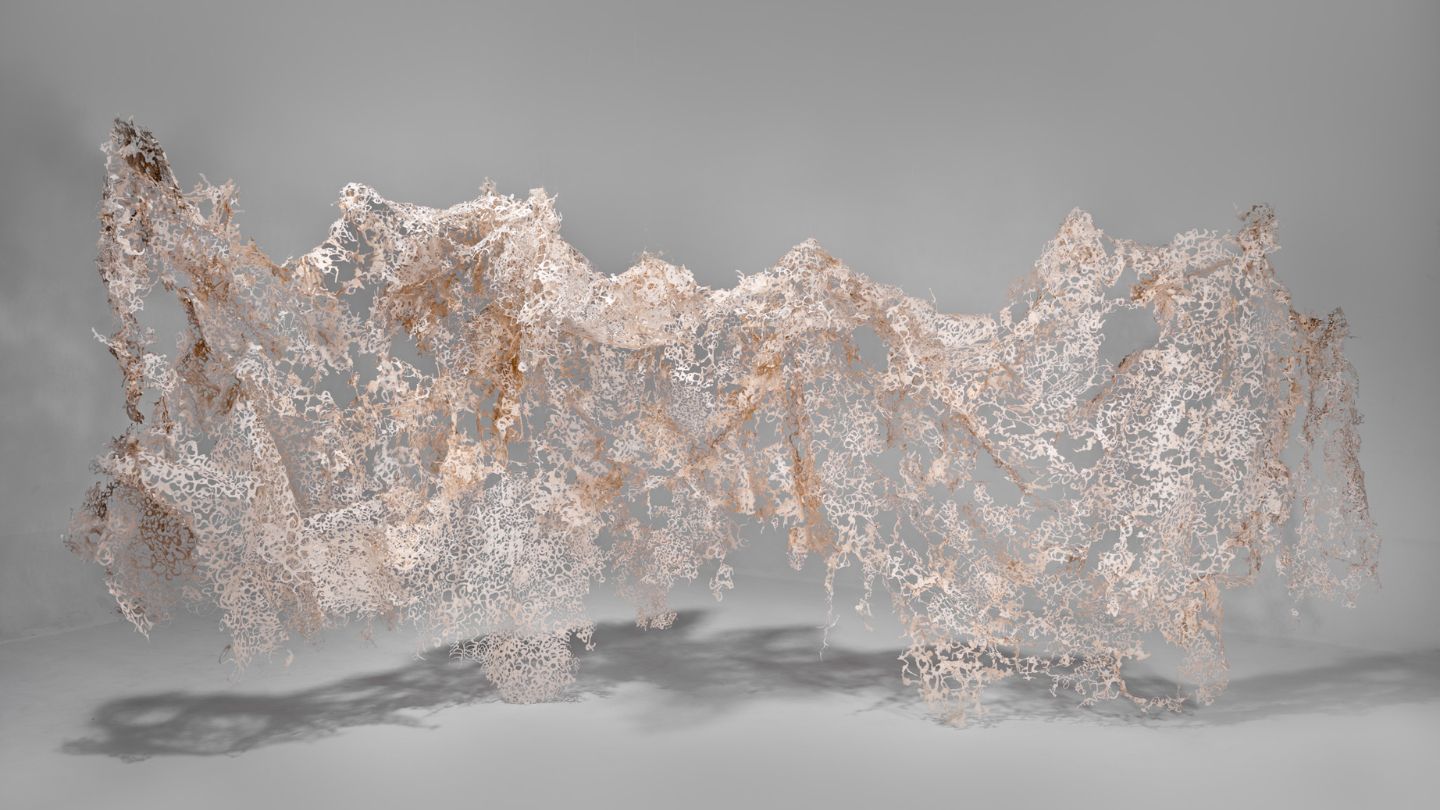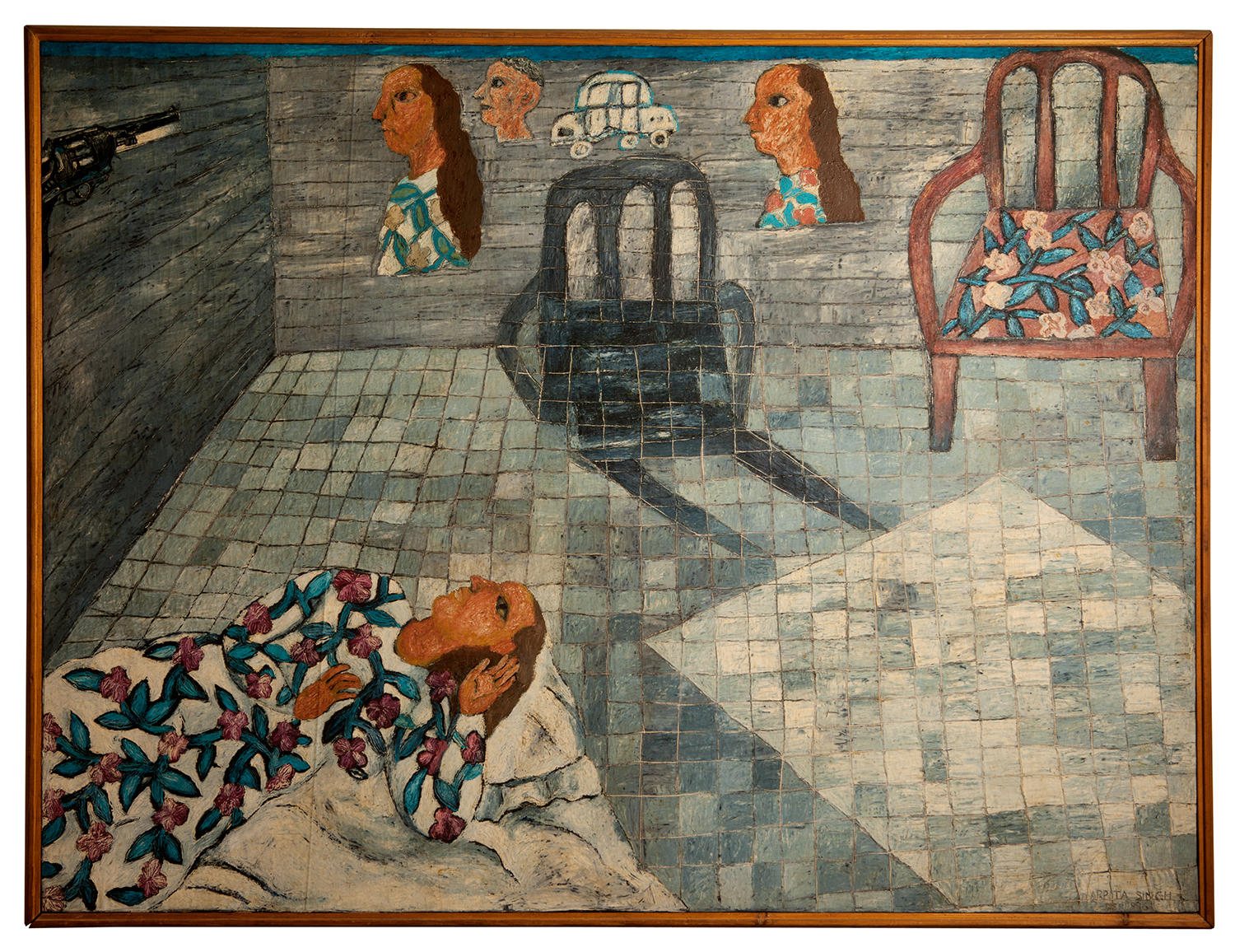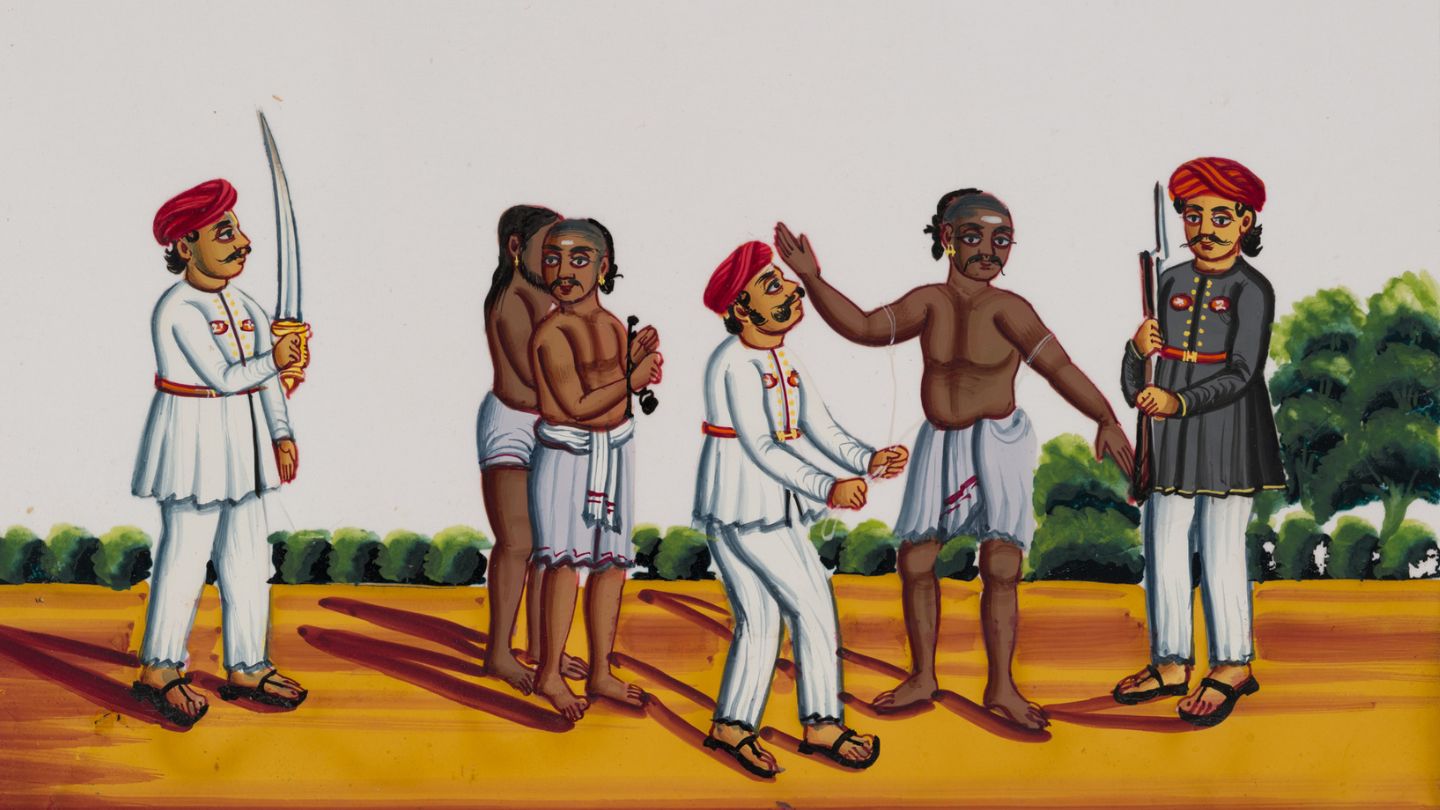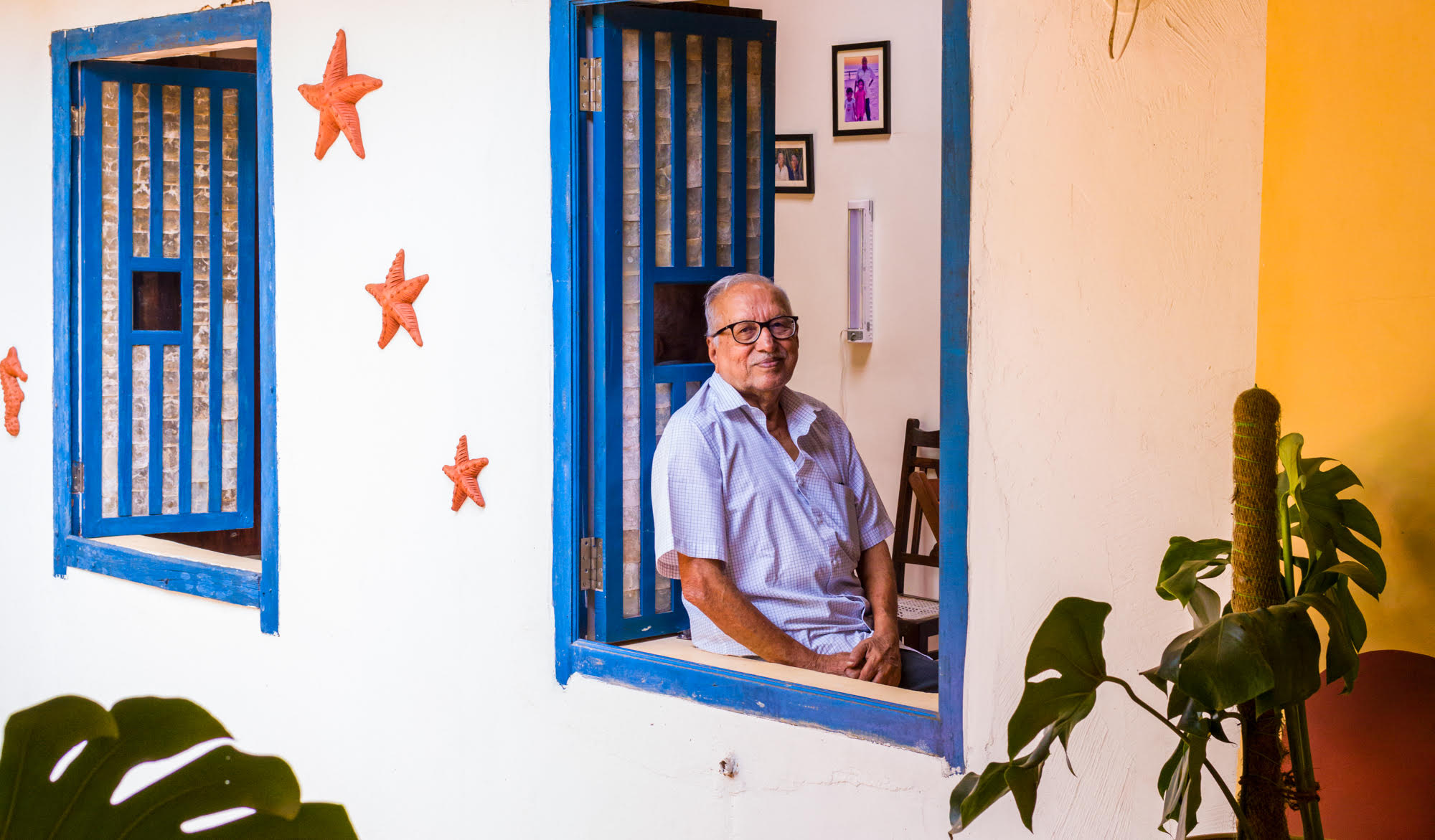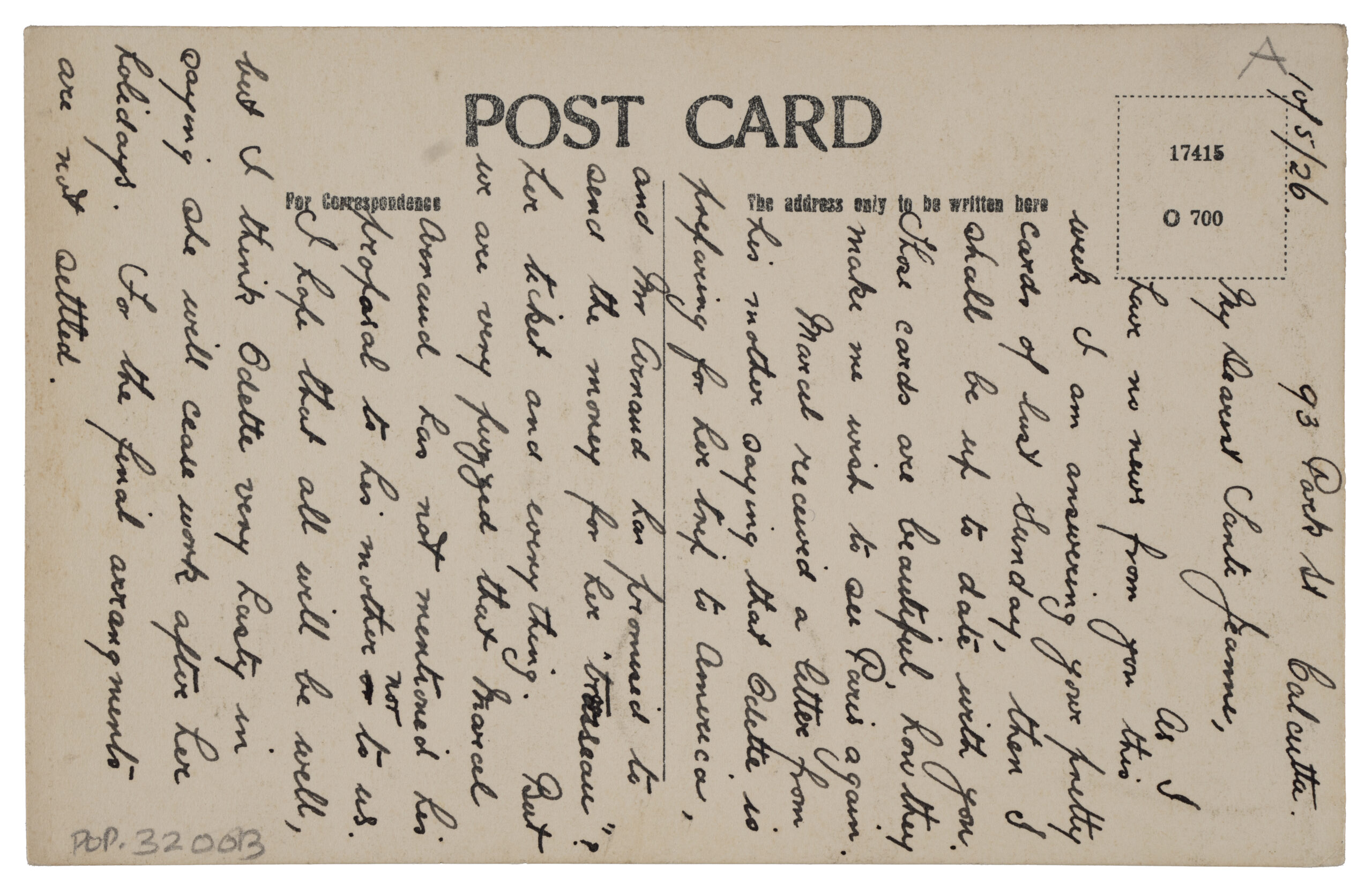Blogs
That Graceful Presence
Prof. BN Goswamy
Prof. BN Goswamy reflects on women as subjects, and sometimes artists, in the history of Indian art.
There is incredible elegance, and refinement, in the manner in which the painters of the past treated of the feminine form in India. For centuries together. All those supple forms, those faces of porcelain beauty, come rushing to the mind: nayikas languishing on moonlit terraces, stepping out in the dark of stormy nights to keep a tryst, haughtily glancing down with a bare look to spare for lovers massaging the soles of their feet, peeping seductively from behind bamboo curtains, daintily gathering flowers with henna-ed hands. In this painting from the collection of the Museum of Art & Photography (MAP), Bengaluru, the artist has depicted the popular scene of a nayika practising shringara, or adorning herself for her lover, or nayak. A woman, dressed in a delicate, diaphanous robe, is putting on an exquisite necklace strung with gold, rubies, emeralds and pearls, while looking into a small hand mirror that is being held up for her by an attendant. It is a magical world, as Coomaraswamy once wrote, in which “all men are heroic, and all women beautiful and passionate and shy.”
A Nayika adorning herself in the Mirror, Late 19th to early 20th century, Punjab Hills, India, Opaque watercolour and gold on paper, H. 21.8 cm, W. 15.3 cm, PTG.01525
And yet, even when that magic begins to work upon audiences, it is interesting how often, at the end of a lecture or a presentation, especially at a foreign university, I am asked this question, prosaically, in matter of fact manner: “Were there any women painters in India? Was painting exclusively a male domain?” Or, as some kind of a supplement: “Were true portraits of women ever painted in India? If not, are all those images that one sees labelled as "Noor Jahan" or "Mumtaz Mahal", or even "Chand Bibi" of Ahmednagar, imaginary then?”
The questions are fair, but require somewhat complex an
